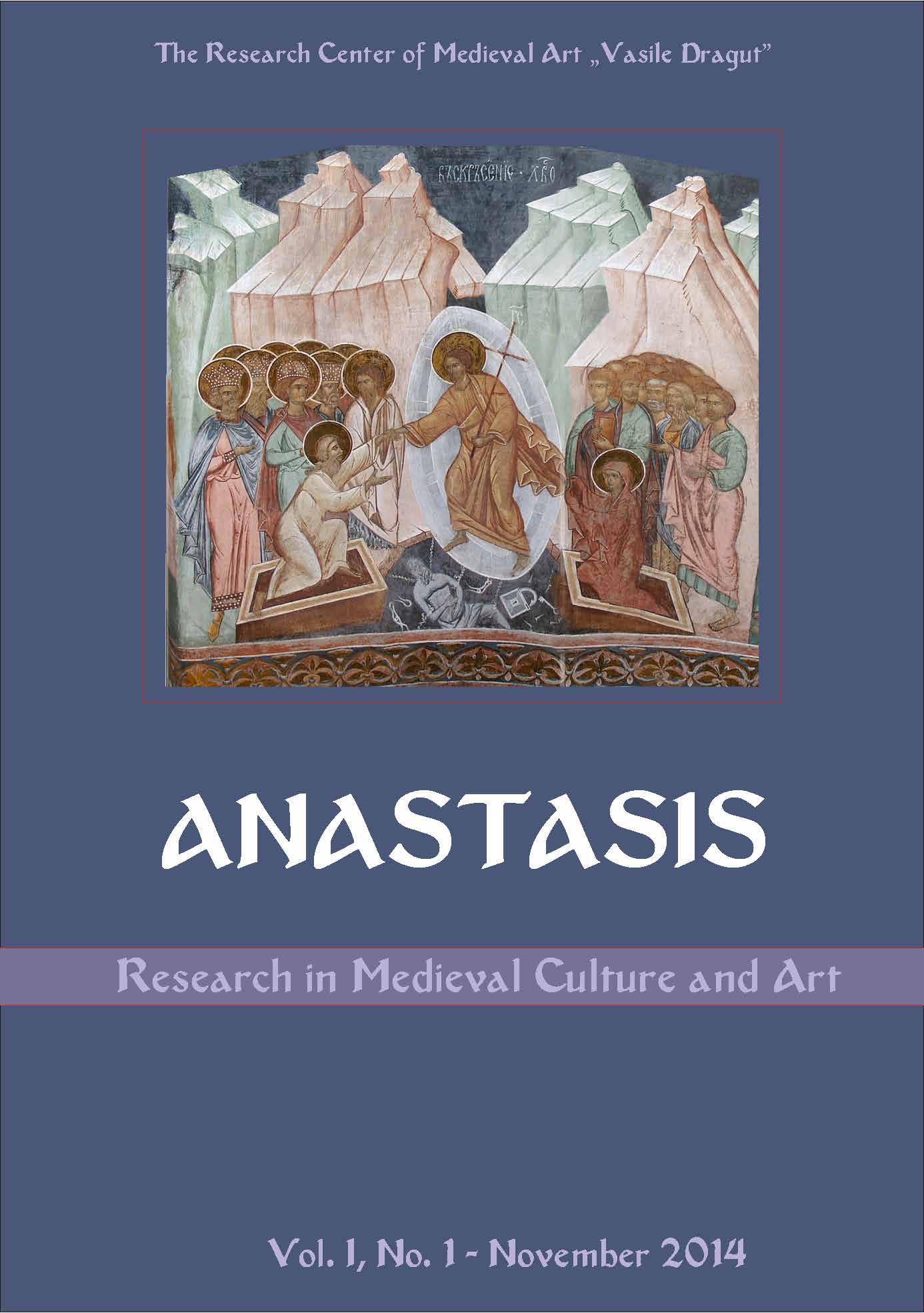The Art of the Portrait in the Religious Painting of Wallachia and Moldavia
in the 15th – 17th centuries
The Art of the Portrait in the Religious Painting of Wallachia and Moldavia
in the 15th – 17th centuries
Author(s): Valentin SavaSubject(s): Fine Arts / Performing Arts, Architecture, Visual Arts, Middle Ages
Published by: Editura ARTES
Keywords: Votive portrait; medieval; founder; Byzantine; canon; painter; monastery; voivode; church.
Summary/Abstract: Beyond the diversity of the forms of socio-economic andcultural-artistic development, at the end of the 14th century, Wallachia,Moldavia and the knights of Romanian origins of Transylvania, Banat andMaramureş were gathered in one single system, with feudality institutionsof Occidental inspiration, but with mostly Orthodox spirituality, a systemthat is permanently struggling to find the perfect equilibrium between theIslamic-Ottoman expansionism and the insistent conversion actions ofWestern Catholicism. Medieval painting promoted the portrait as anartistic genre beyond the canonical constraints of the painting of Byzantineinspiration. The votive portrait of the founder did no necessarily reproducethe individual features of the portrayed person, not even in the last period,when the artistic and technical evolutions could initiate tendencies to adesacralization of the religious themes. The introduction of the portraitreflecting the social class in the Court of the two Romanian Countriesthrough the Central – European sources of Austria, Hungary or Polandproduced a major change in the aesthetics of the portrait when the artistcame to have a new vision on the way he rendered the physical featuresand later the mental experiences of the model, sometimes making use of anobvious descriptive exactness in rendering the physical features, thephysiognomy of the portrayed person. Just like in the medieval votiveportrait, in the case of easel portraits, the artist focused on therepresentation of external features, according to the social importance andrank of the portrayed person. Gradually, the evolution of the correspondingcapture of the physical features, initially sufficient, went up from aqualitative point of view to complete this first effort with a preciousperformance of the expression of the spiritual characteristics of theportrayed character, insistently claimed by both the artist and thecontemplator.
Journal: Anastasis Research in Medieval Culture and Art
- Issue Year: I/2014
- Issue No: 1
- Page Range: 161-178
- Page Count: 18
- Language: English

